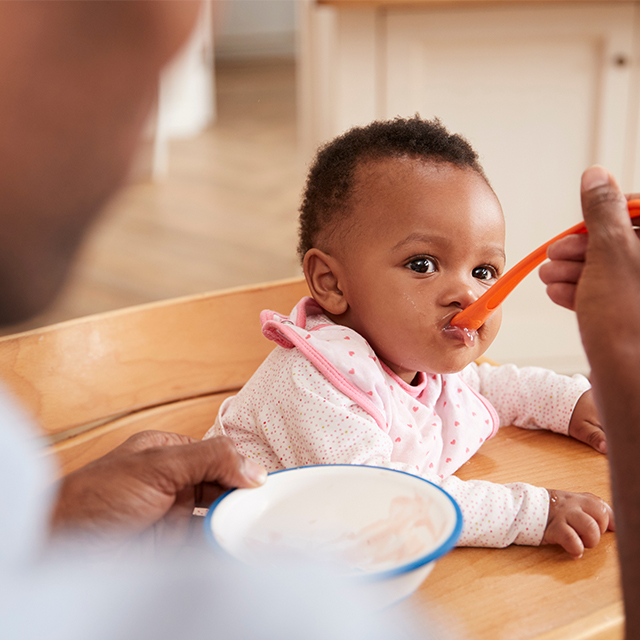Understanding these birth differences, their treatments and their outcomes.
Cleft lip and palate are abnormalities that happen when a baby’s lips or mouth do not form properly while developing in the womb.
“The prognosis for kids with cleft lip and palate under modern care is excellent.”
These birth differences, which can occur individually or together, are relatively common and are treated with surgery. Doctors want families to know that with surgical procedures, their children can live normal and healthy lives.
“The prognosis for kids with cleft lip and palate under modern care is excellent,” said Dr. Stephane A. Braun, a pediatric plastic surgeon with Monroe Carell Jr. Children’s Hospital at Vanderbilt. “Parents can expect their children to do very well in the long run.”
What are cleft lip and palate?
As the face forms in the womb, an abnormality may result at the philtrum, the dimple above the upper lip. “The face is formed from different elements that are meeting from above and from the sides,” Braun said. “Sometimes it will go awry, and the process doesn’t complete itself.”
Cleft lip is a gap at the philtrum. Sometimes the gap is small, but in other cases it leaves the entire space between the nostril and the upper lip open.
Cleft palate occurs when the palate, the roof of the mouth, doesn’t close properly. “The palate forms from two shelves of tissue that meet and fuse,” Braun explained. However, sometimes the structure doesn’t allow for the closure. This can affect speech as a child develops.
What causes cleft lip and palate?
Researchers don’t yet know the specific causes. However, they do know that genetics plays a role. “If you have a child with a cleft lip or cleft palate,” Braun said, “your next child has about a 4% chance of having the same thing.”
Researchers are still trying to determine the genetic factors that may contribute to these abnormalities. Additionally, they can be part of a syndrome. Environmental causes may also factor in. “It’s obviously a mix of different things,” Braun added.
How common are cleft lip and palate?
In the United States, about 1 in 1,600 children are born with both, according to the Centers for Disease Control and Prevention. However, the conditions can occur individually. About 1 in 1,700 babies are born with cleft palate. Whereas 1 in 2,800 are born with cleft lip.
How are cleft lip and palate diagnosed?
They are now screened for via prenatal ultrasound. It doesn’t come as a shock on the day of the birth the way that it used to before screening, Braun said.
The cleft team at Monroe Carell is part of the Reed Family Maternal Fetal Clinic. If an ultrasound indicates that a baby has one or both abnormalities, the team will be brought in. “We are consulted to do prenatal counseling with the family, so they know what to expect,” Braun said.
Surgical procedure for cleft lip and palate
Both conditions are repaired with surgery. “It’s not an emergency situation when the baby is born,” Braun said. “We’re going to get a chance to assess your child and see what’s required.”
“It’s not an emergency situation when the baby is born. We’re going to get a chance to assess your child and see what’s required.”
Surgery for cleft lip typically occurs three months after the child’s birth. “The heart of the repair is to mobilize the elements that are there, but are displaced into a more appropriate anatomic relationship, and then uniting them,” he explained.
For cleft palate, repair usually occurs between 9 and 12 months of age. “The main point of the surgery is to restore the normal ability to speak,” Braun added.

Expert care for cleft lip and palate repair
The Cleft and Craniofacial Program at Monroe Carell Jr. Children’s Hospital at Vanderbilt brings experts from multiple specialties together to treat your child’s cleft lip and palate and other craniofacial disorders. The team works together to provide compassionate care tailored to your child and family.

